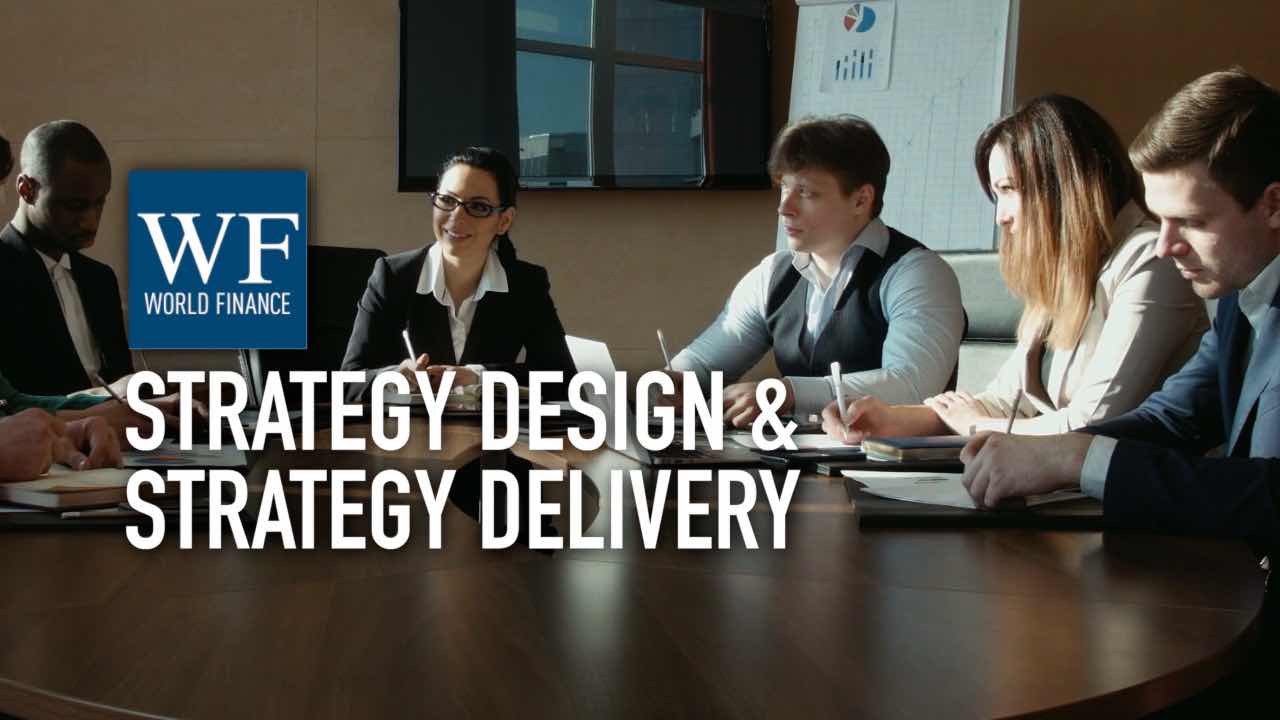Leveraging the full value delivery landscape with PMI
World Finance reports from the 2018 Project Management Institute Global Executive Council
Related:
Transcript
We don’t do projects just because we want to get a project done: we do projects because we expect they will deliver value to customers or stakeholders. That’s why the Project Management Institute talks about the practices and techniques of project management as the value delivery landscape. Cindy W Anderson from PMI, Suneet Prakash from Aditya Birla Management Corporation, and Peter Moutsatsos from Telstra discuss the value delivery landscape and how project management professionals can keep up to date as new and innovative approaches are added to it.
The next video in this series is about creating a bright line between strategy design and strategy delivery, or you can watch the full Project Management Institute playlist.
Cindy W Anderson: An organisation really needs the capability to deliver value. The capability to deliver projects and programmes that lead to value and competitive advantage.
At PMI we call that the value delivery landscape. And we call it the value delivery landscape because we don’t do projects because we want to get a project done; we do projects because we know it’s going to deliver value to our customers or to our stakeholders.
Projects require all sorts of different methods and approaches. And the value delivery landscape encompasses all of those practices from very traditional to cutting edge and innovative approaches to project management – and including what might be next, that we haven’t even discovered yet.
Suneet Prakash: We started with the very basic, fundamental processes of project management. And then we also have agile, we have predictive, we have iterative, we have waterfall. We also use – depending upon the type of the project – sometimes it could be a hybrid. That means in a phase of a project we would use the waterfall technique, in another phase of the project we would use agile technique, or the fundamental technique. So it depends really upon the project requirement.
Peter Moutsatsos: If we go back in the past and look at how, say, software development projects were executed 20 years ago, waterfall was largely the only choice. And project managers used waterfall methods to create all types of software projects.
If we now flash forward 20 years, there’s still software projects, but we’re seeing different types of software projects. We’re seeing social media, we’re seeing mobile apps. Those things can be better served by agile methodology, or perhaps even a hybrid approach. Because the stakeholder mix has changed, the complexity mix has changed, the business drivers are different. So adopting just the waterfall method may not get the best outcome.
Cindy W Anderson: When organisations have a lot of agility and flexibility in the way that they go about executing their strategies, they’re much more successful.
The business really needs to have a capability within its project management operating function that allows it to be able to staff across this value delivery landscape.
One of the ways that organisations can be sure that their project managers have the skills that they need not only for today but also in the future is making sure that they have a continuous development cycle.
Our main certification is called the PMP – the Project Management Professional certification – and it requires 60 hours of continuing education training every three years. To make sure that project managers keep up with the emerging skillsets that they’ll need to help their organisations deliver value in the future.
Suneet Prakash: I got my PMP certification in the year 2007. And I like this system of PMP renewal, because you are automatically forced to replenish your project management knowledge if you really want to retain your credential.
So it’s a very focused approach which helps you to learn new techniques and use them in your projects. And that’s how you keep learning, and that’s how you talk the same language.

 Creating a bright line between strategy design and strategy delivery
Creating a bright line between strategy design and strategy delivery Project Management Institute: How to get the best out of executive sponsors
Project Management Institute: How to get the best out of executive sponsors
